Art World Resorts: No Utopias, but Chicago
|Claire Koron Elat
Art World Resorts: The art world is often ugly and unkind. While the objects of desire are historically and philosophically deemed as beautiful, to see (more) beauty, we need to surrender sardonically and indulge in social ugliness to attain beauty. The column of 032c’s editor Claire Koron Elat is a cerebral, and sometimes visceral, field trip to galleries, institutions, fairs, and other art events, pointing out how “enlightenments” and behaviorisms occurring there are reflections and predictions of culture at large.

In mid-April, two art world events happened at the same time: Coachella and Expo Chicago. While some might think of dancing in between techbros and valley girls in glittery denim skirts as execrable, there is one reason why I was slightly mournful about not having experienced the soundscape-tournament that has become the new business event for senior gallery directors—according to Jerry Gogosian. Along with Frank Ocean’s mysterious Barthesian mirage, I missed out on Erewhon, LA’s sanctified, inflated temple of health that has recently been trending anew. Chicago, the city of deep-dish pizza and amalgamations of cheese and caramel popcorn, is (sadly, or for its own sanity) not lucky enough to have a branch of the cult store, and, instead, has to content itself with the modest Whole Foods. So, for the next five days, the Whole Foods across from my hotel with Lake Chicago view and that’s next to Navy Pier’s festival hall, where the Midwestern fair staged its tenth edition, became my chosen home.


Erewhon, which is an anagram of “nowhere,” can be freely translated as the Greek meaning of utopia. Erewhon is also an 1872 novel by English author Samuel Butler which takes place in the fictional nation of the same name that is intended to be a utopia but soon turns out to be a rather dystopian happy valley. Both Erewhons are explicitly not dystopias, but places glazed with strawberry coconut cream and vanilla collagen that will still not cure your vape-blackened lungs. Named after Butler’s book, the luxury grocery store is the cynical pinnacle of neoliberal capitalism. If you believe Andrea Hernández, founder of the food and beverage company Snaxshot, Erewhon can even ease the burden of the housing crisis (while their customers are most likely avid participants of gentrification): “Maybe you can’t afford to have a house because of the housing crisis and inflation and everything is so expensive, but you have Erewhon,” the entrepreneur comments in an interview. Art fairs might be somewhat comparable dystopian-descending valleys—they display work that is engaged with structural critiques concerning identity politics, exploitation, or gender equality, but cater to people who profit from these issues existing and persisting.

I wake up jetlagged at 5am local time the morning of the fair’s preview and finish a six-hour workday before I get ready. Infused with two coffees and a Whole Foods Power Greens Juice I uber to the festival hall (I was somewhat trying to be on a partial juice cleanse, as I had a major break out after trying a new facial place in Berlin).


The art market’s craze for abstract figurative painting (mostly large scale) by Black artists was more than apparent at the fair. Works that depict Black women—which somehow ended up with blue skin—with opulent bodies are juxtaposed with splashy, colorful paintings of palm trees, making many of the booths seem like an alternate version of the version you saw two Ruinart sips before. Amidst the polychromatic sea of organic human shapes, butterfly collages, and surreal flowers the fair offers, I find one of Liz Larner’s ceramic sculptures at Max Hetzler—wall reliefs that are synthesis of painting and sculpture. The artist’s glazed ceramic structures are based on her early works using bacterial cultures and the conceptual analysis of physical substances, which was a refreshing material alternative to the canvases stacked on other canvases. Part of this painting pile—but a work that didn’t cater to the Midwestern craving for Black art—was Issy Wood’s rectangular oil on velvet painting at Michael Werner.
The surface of Your security (2023) is horizontally split in two parts; one side depicts zoomed in, golden locks, and the other a pitch black, leathery interior of a car. The gallery describes the artist’s work as a “hijacking of devotion,” utilizing mundane imagery that has been detached from their banality. The proximity of the glossy leather and metal locks seems almost sexual even though it’s just two inanimate objects you’re looking at. On the way back to the hotel, I buy an overpriced salad and a probiotic shot. Perhaps shopping at Erewhon versus Whole Foods is like wearing The Row versus Acne. Why pay 390 dollars for a top when you can pay 1900 dollars?


Later, I take a shuttle to Chicago’s South Side, where Theaster Gates greets us in Tabi boots in front of the Stoney Island Arts Bank. As part of his practice around urban planning and recirculating art-world capital, Gates restored the 1912 building, which had been abandoned for 30 years, in 2012 and transformed it into a cultural institution that houses several different collections, including Frankie Knuckle’s personal vinyl collection, and has a program that is particularly concerned with supporting Black artists in Chicago. Together with the artist, we drive around the district, known for its social precarity and high crime rate, and stop at a couple of other communal projects Gates initiated, such as the Kenwood Gardens—13 abandoned lots Gates turned into a community garden—and the St. Laurence Elementary School, which today functions as an incubator for local artists and creatives. And although Gates is occasionally accused of gentrification, his projects seem to actually counteract the housing crisis—unlike spirulina powder for 50 dollars. The artist’s garden also intends to address food insecurity on the South Side, where, according to the Chicago Health Atlas, a significant number of districts have high percentages of low food access.


Back in LA, a video went viral on TikTok in which a private chef made an ice cream sundae using only ingredients from Erewhon, including chaga mushroom powder, keto whipped creams, and chlorophyll, totaling almost 1000 dollars. While I personally believe in the benefits of chlorophyll water, @chefbae’s sundae is edible mania. Its absurdity and resolute detachment are somewhat comparable to the art market’s disconnectedness. While some are on the lookout for their future husbands at grocery stores—or at art fairs—others persuade themselves (in delusion) that they reduce the load of the housing crisis through either buying overpriced supersprouts or paintings—not necessarily overestimated—by artists categorized as marginalized. Both items—as well as the denim skirts you buy specifically for Coachella—are tranquilizers for the disconcerting hypocrisy we all like to indulge in, leading to a repositioned nowhere disguised as a fairyland.
Credits
- Text: Claire Koron Elat
Related Content
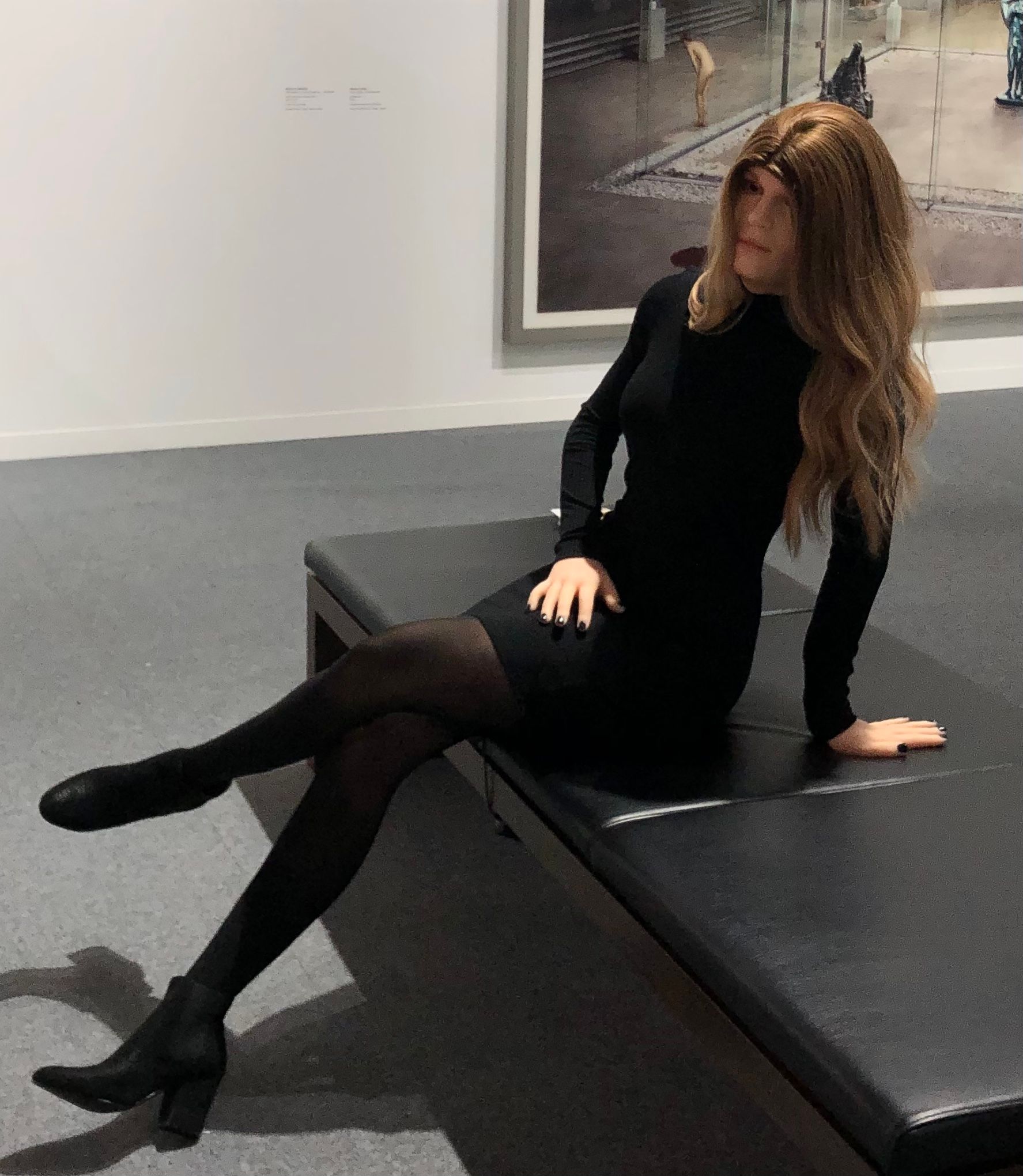
Art World Resorts: artgenève
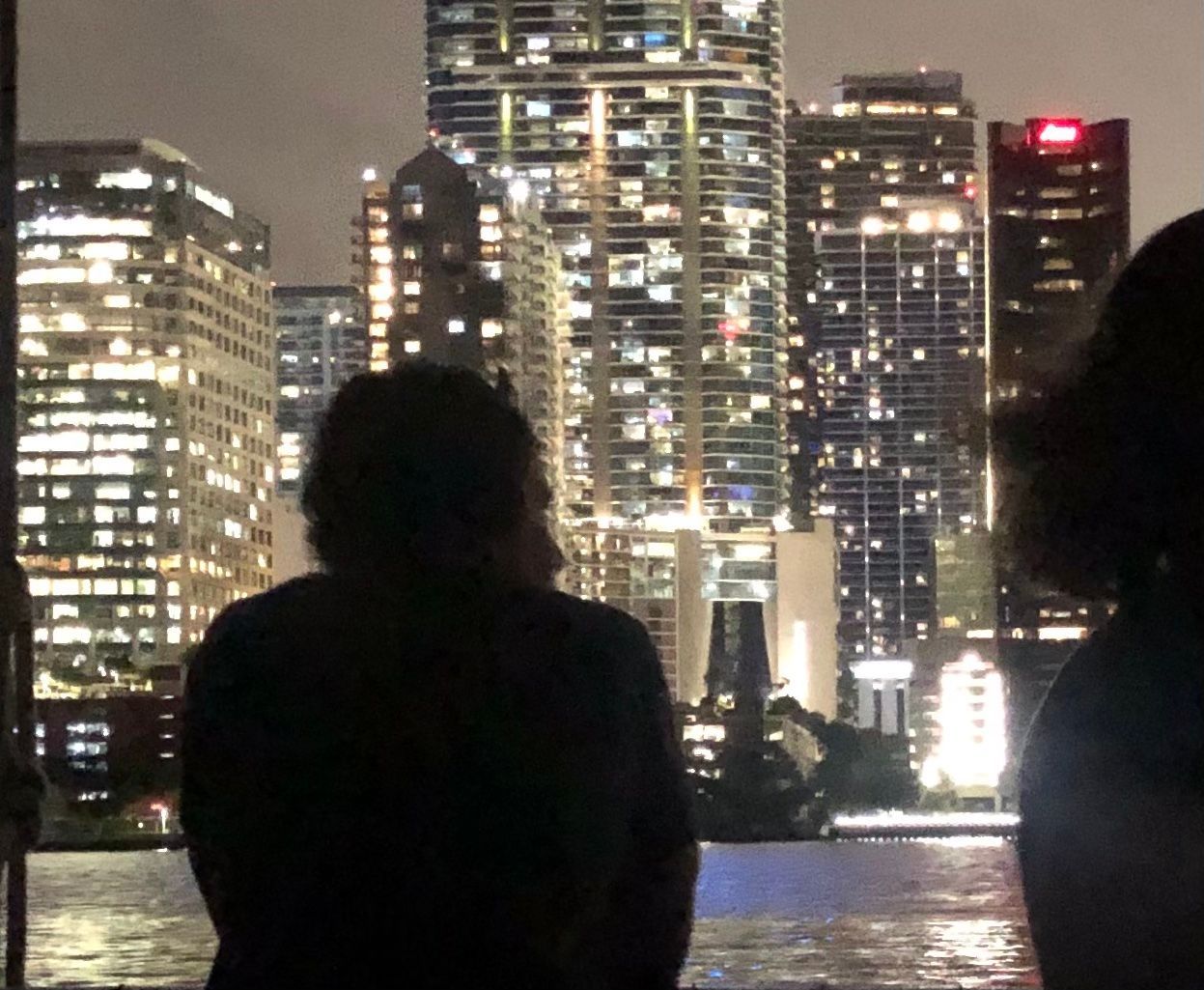
Art World Resorts: On at Art Basel in Miami Beach
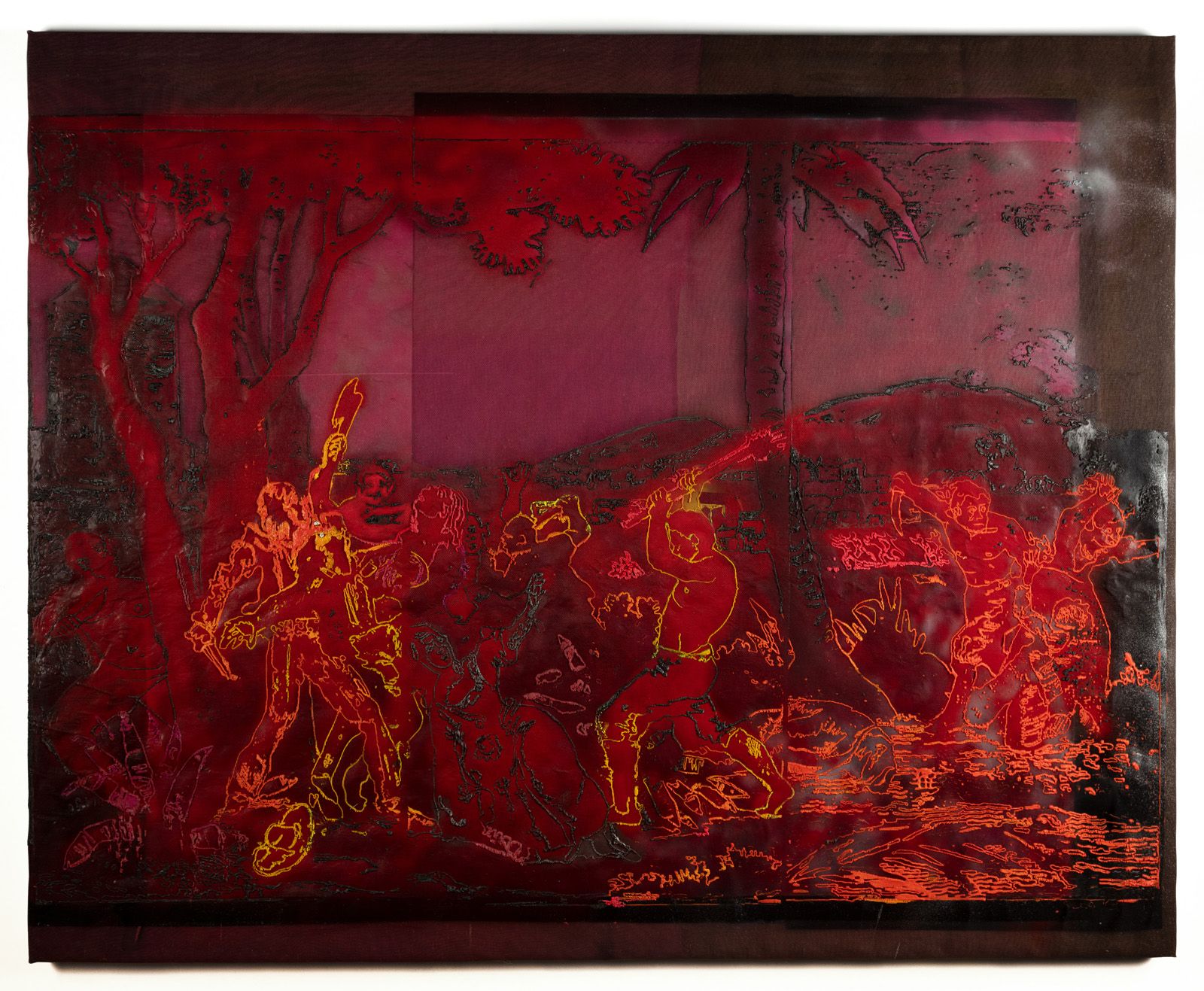
SMASHED COLLARBONES: Berlin Art Week 2022
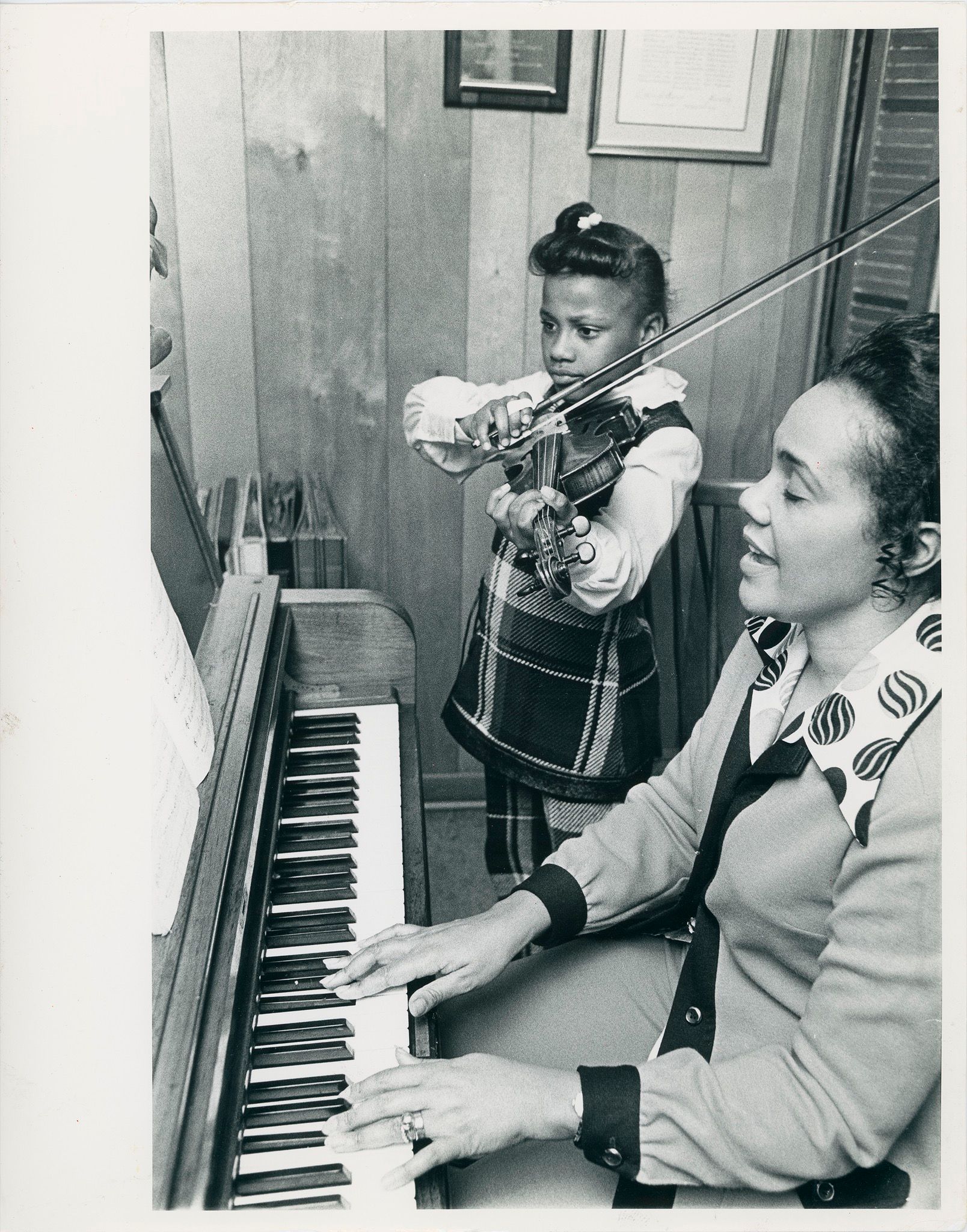
Life Exists: Theaster Gates’ Black Image Corporation
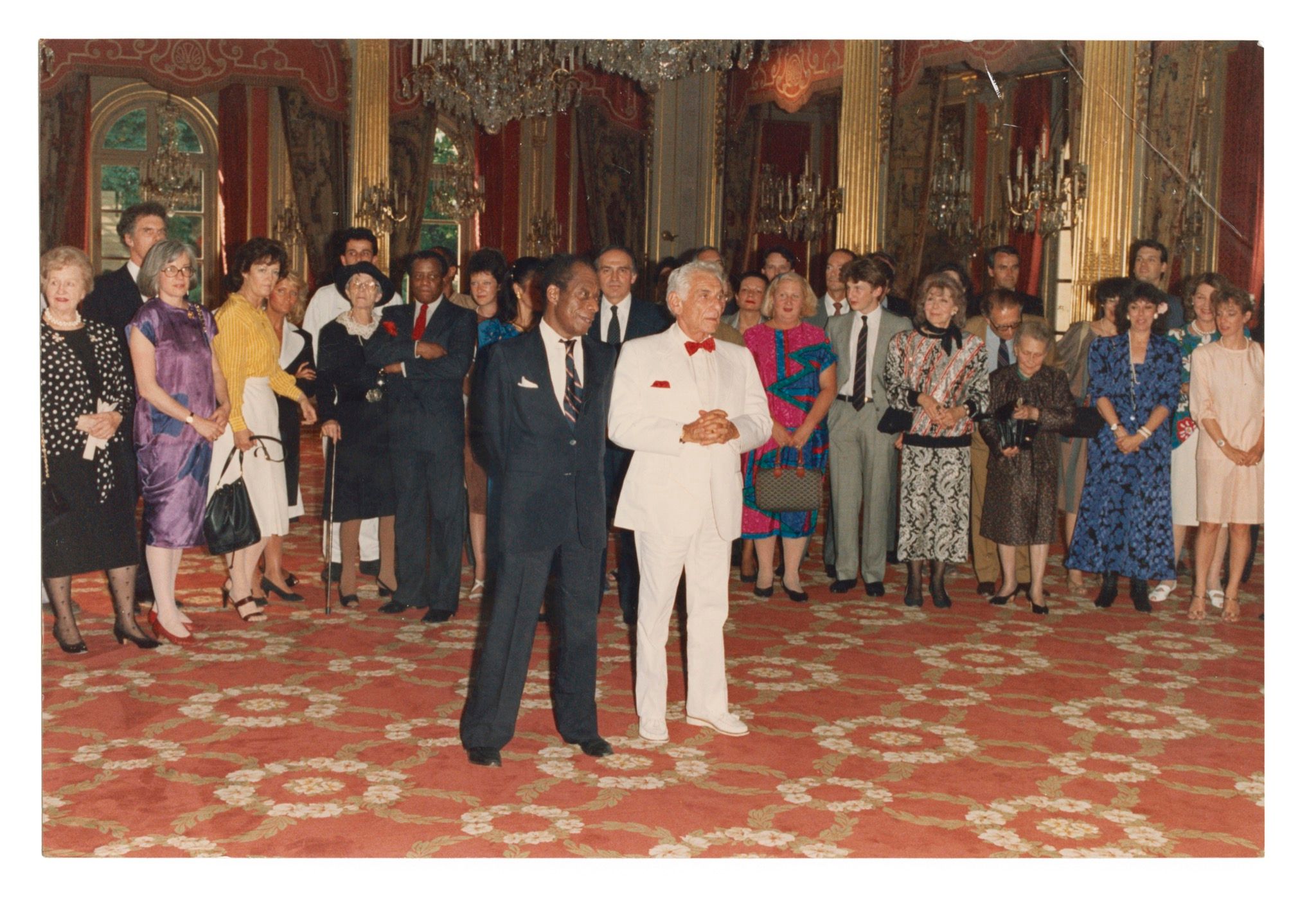
Where are the real investments? THEASTER GATES on JAMES BALDWIN
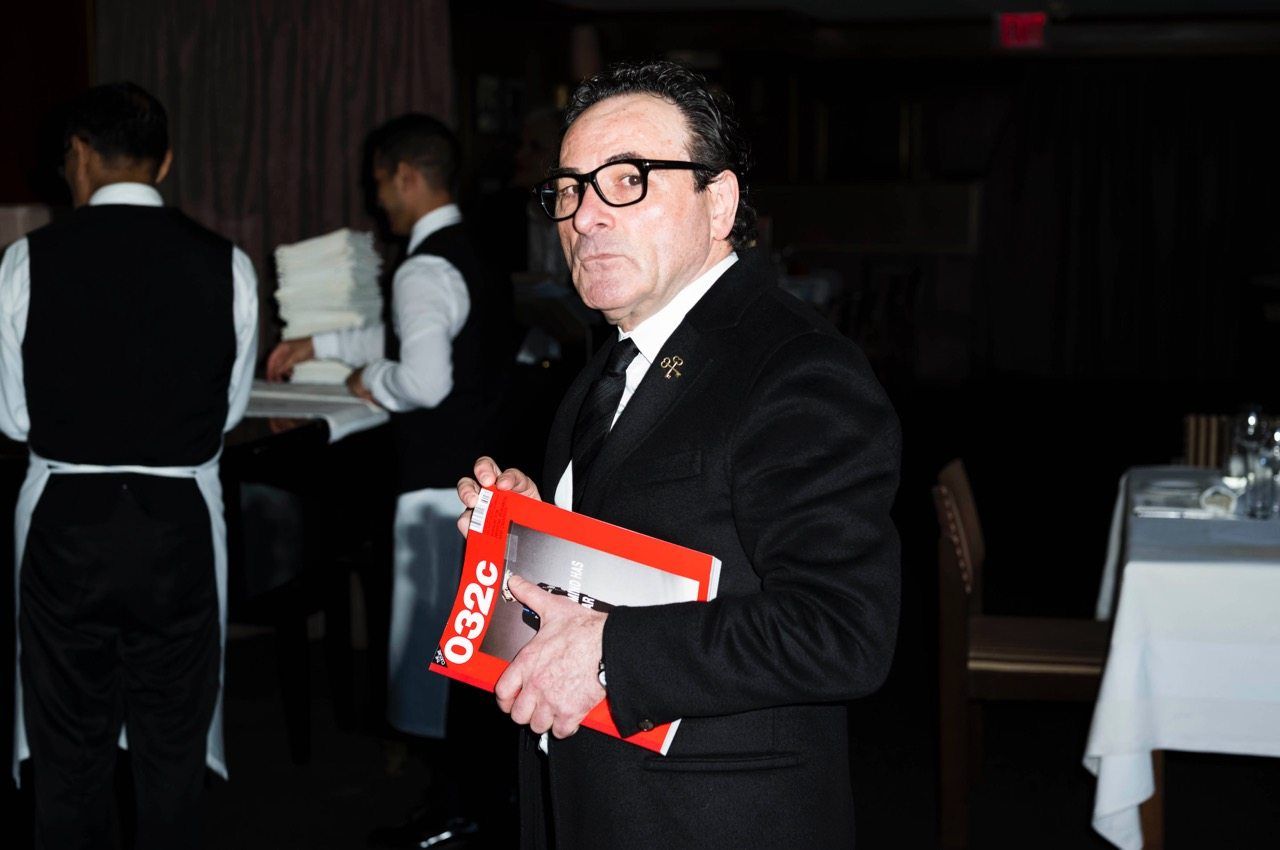
Lost in LA: Chronicles from SUNSET TOWER

VIRGIL ABLOH Plots Chicago’s Second Bauhaus
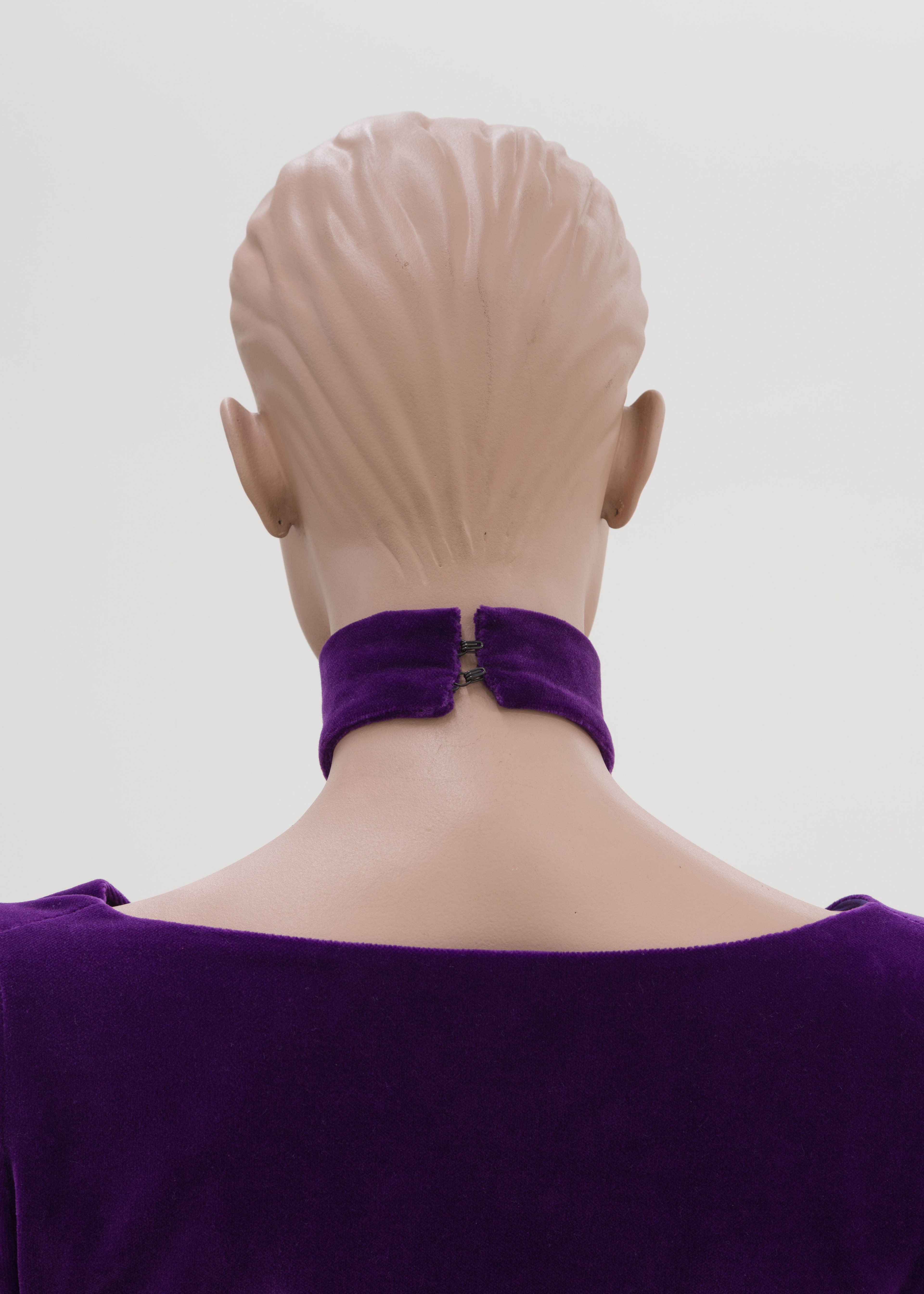
The Failed Desires Index: Tiny Skirts and Bigger Belts